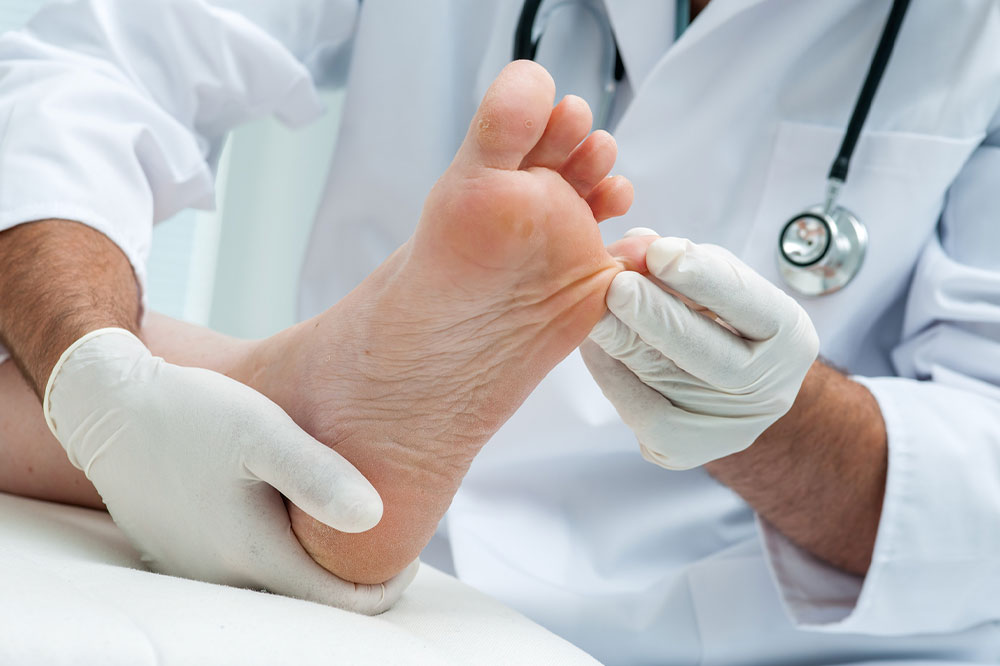
Nail psoriasis – Causes, symptoms, diagnosis, and management
Nail psoriasis is among the most common types of psoriasis, affecting around 50 percent of those with this health condition. It leads to uncomfortable symptoms, such as pain and itchiness in the nail region. The ailment can also cause unsightly nail changes, causing embarrassment in social situations. Learning bout the causes, symptoms, diagnosis, and treatments for nail psoriasis can help manage the discomforts and improve the patient’s quality of life.
Causes
While the exact cause of nail psoriasis is unknown, experts believe it is an immune system disorder. Here are some possible triggers and risk factors associated with the disorder:
- Genetic factors
Psoriasis is a hereditary condition that can be passed down through generations. - Environmental factors
Environmental factors, such as stress, infections, and nail injuries, can trigger or exacerbate the symptoms. - Lifestyle habits
Eating unhealthy foods has been linked to an increased risk of psoriasis.
These factors may increase one’s risk of developing nail psoriasis. If a person suspects they have the condition, seeking a diagnosis from a healthcare professional is necessary.
Symptoms
Nail psoriasis can manifest in various ways, depending on the severity and stage of the condition. The following are some symptoms one may experience:
- Pitting
Small depressions or holes may appear on the nail plate, ranging from pinpoint size to larger divots. - Thickening
The nails may become thicker than usual, making it harder to trim or file. - Discoloration
The nails may turn yellowish-brown or reddish-brown or have white spots or streaks. - Cracking and splitting
The nails may become brittle and prone to breaking or cracking. - Separation
The nail may lift off the nail bed, causing pain and a gap between the nail and the skin. - Deformity
The nail may become misshapen, curved, or ridged.
The symptoms listed here affect the function of the fingernails and toenails. Sometimes, the skin around the nail may also be affected, causing redness, scaling, or inflammation. If one experiences any of these symptoms, it is essential to consult with a dermatologist or healthcare provider to receive an accurate diagnosis and appropriate treatment.
Diagnosis
The condition is often diagnosed through a physical examination of the nails. The doctor may also inquire about the patient’s health history. It is crucial to be honest with the dermatologist and answer the questions accurately, as it can help them identify the condition and provide proper treatment. Here are some diagnostic tests the expert may perform:
- Visual exam
The dermatologist will closely examine the patient’s nails for signs of psoriasis, such as discoloration, pitting, and crumbling. - Nail scraping
The doctor may scrape a small sample of the affected nail and examine it under a microscope to confirm the diagnosis. - Skin biopsy
If the doctor suspects psoriasis on the skin surrounding the nail, they may perform a biopsy to confirm the diagnosis and determine its severity.
Once diagnosed with nail psoriasis, the dermatologist will develop an appropriate treatment plan after considering the condition’s severity and the patient’s overall health. Patients should keep up with the recommended treatment plan to manage their discomforts and prevent further complications.
Treatment and management
When dealing with nail psoriasis, using the right treatment is essential. Fortunately, various remedies help manage the symptoms and reduce their impact on daily life. These are some of the most common treatment options for this health condition:
- Topical treatments
The doctors may recommend creams, ointments, or solutions to be applied directly to the affected nails. They can help lower inflammation, redness, and scaling. - Biologic treatments
These are a newer class of treatments that target specific molecules in the immune system. They can help reduce inflammation and slow the progression of nail psoriasis. Biologic treatments are often used when other options have not been effective. - Phototherapy
It involves exposing the affected nails to specific wavelengths of light to reduce inflammation. A combination of phototherapy and other treatments may be used for maximum effectiveness. - Surgery
In severe cases, surgery may be necessary to remove the affected nail. This is usually the last alternative, only considered when other treatments are ineffective.
The treatment for nail psoriasis can vary from person to person, depending on the severity and other factors. Hence, it is crucial to visit a healthcare provider and discuss the available options after undergoing the necessary tests. The right treatment can alleviate the symptoms and enable the patient to lead a healthy lifestyle. Individuals who do not have the condition can prevent it by following a proper nail care routine that involves trimming the nails regularly, moisturizing them, and wearing gloves while doing household work.




